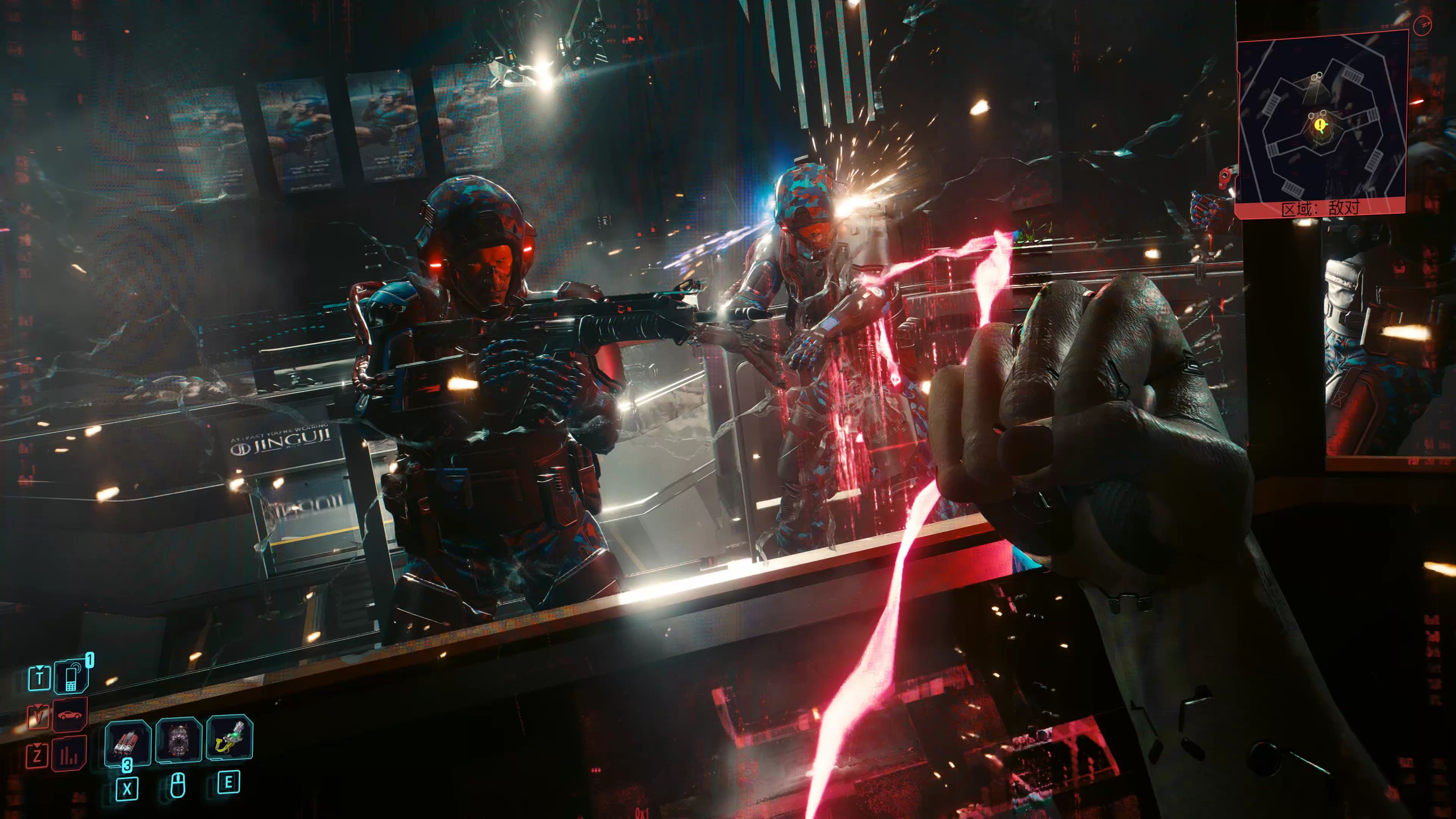Unlock Your World: A Beginner's First Steps into Fortnite Creative 2.0 Scripting
So, you've wandered into the vast, creative playground of Fortnite Creative 2.0. You've placed some cool prefabs, designed an awesome landscape, and maybe even built a quirky obstacle course. But now you're ready for the real magic. You want doors that open, buttons that trigger traps, scoreboards that track points, and game modes that feel truly unique. You're ready to talk to your island. You're ready to learn scripting.
If the word "scripting" makes you think of complex code and confusing terminals, take a deep breath. In Fortnite Creative 2.0, scripting is a visual, user-friendly system designed for creators, not just professional programmers. This guide is your friendly map to this new territory. We'll walk through the core concepts step-by-step, using plain English and practical examples. By the end, you'll have the foundational knowledge to start bringing your wildest Fortnite ideas to life.
Welcome to the Verse: Your New Creative Language
First things first, let's demystify the tool. Fortnite Creative 2.0 uses a custom programming language called Verse. The great news is that you won't need to type out long, complicated lines of code. Instead, you'll be working primarily with a visual scripting interface. Think of it like building with LEGO blocks: you snap together different logic "blocks" to create a functioning sequence of events.
The entire scripting process happens within the Devices tab. Key devices for scripting include the Prop Manipulator, the Player Spawner, and most importantly, the Verse Device and the Receiver & Transmitter pair. These are the physical objects in your island that will hold and execute your scripts.
Your First Spell: Making a Door Open
The best way to learn is by doing. Let's create a classic beginner project: a door that opens when a player gets near it. This simple task introduces almost all the fundamental concepts you'll use in every future script.
-
Place Your Actors: First, build a simple wall with a door in it. Then, from the Devices tab, place a Trigger device right in front of the door. This Trigger is an invisible volume that will detect when a player enters its space. Next, place a Prop Manipulator device and assign your door to it. The Prop Manipulator is the device that can move, rotate, or scale any prop you give it.
-
Open the Verse Editor: Now, select the Trigger device. In its details panel, you'll see a button that says "Create Verse Script" or "Open Verse Editor." Click it! This opens the visual scripting window where the magic happens.
-
Understanding Events and Functions: Inside the editor, you'll see a blank canvas. The core of visual scripting is connecting Events to Functions.
- An Event is something that happens. It's the "When..." part of your sentence. For our door, the event is "When a player enters the trigger."
- A Function is an action that is performed. It's the "...then do this" part of your sentence. For our door, the function is "...then move the door."
-
Building the Logic:
- Find the event node called
OnBeginOverlap. This event fires the moment a player steps into the Trigger. Drag it onto your canvas. - Now, we need to call the function on the Prop Manipulator. You'll need a reference to it. You can often find a pre-made node for the Prop Manipulator in your device's context, or you can use a
Get Device Referencenode and select your Prop Manipulator. - From the Prop Manipulator reference node, drag a wire out and search for a function like
Set Relative LocationorAnimate To Relative Location. TheAnimate Tofunction is better as it will smoothly move the door.
- Find the event node called
-
Setting the Values: The
Set Relative LocationorAnimate To Relative Locationfunction needs to know where to move the door. It will have a input for a "Target Location."- First, get the door's current location using a
Get Device Relative Locationnode from your Prop Manipulator. This is our starting point. - We want to change this location. Let's say we want the door to slide up. We can use a
Vectornode. A Vector is just a set of three numbers representing X, Y, and Z coordinates. - Take the door's current location and add a vector to it. For example, if the door's current Z location is 200, you can create a new vector (X=0, Y=0, Z=400) and plug it into the
Animate To Relative Locationfunction. This tells the door to move to a position 200 units higher.
- First, get the door's current location using a
-
The Finished "Spell": Your script flow should now look like this:
OnBeginOverlap(from the Trigger) ->Animate To Relative Location(on the Prop Manipulator, with a new, higher vector location).
Publish your island, run up to the door, and watch it open! You've just written your first script. To make it close, you can duplicate this logic but use the OnEndOverlap event (when the player leaves the trigger) and tell the door to move back to its original location.
Leveling Up: Variables, Transmitters, and Receivers
Your door is cool, but let's make a system that requires a button to be pressed. This introduces the critical concept of communication between devices using Transmitters and Receivers.
Let's make a button that toggles a light on and off.
-
The Button Setup: Place a Button device. When selected, you'll see it has built-in Transmit On Channel options for "On Button Used." Assign it to a channel, say
Channel 1. The channel is just a named frequency that devices can listen to. -
The Light Setup: Place a Light device. We need to make it listen. Instead of writing the script on the light itself, it's often cleaner to use a dedicated Receiver device. Place a Receiver and set it to listen on
Channel 1. -
The Power of Variables (Memory): Now, we need the light to remember its state. Is it on or off? For this, we use a Variable. A variable is a container that holds a piece of information. In the Verse Editor for the Receiver device:

- Create a Boolean variable and name it something like
IsLightOn. A Boolean can only beTrueorFalse. Set its default value toFalse(light off). - Grab the
OnReceivedevent from the Receiver node. - Now, we need an
Ifnode. This is a conditional node—it makes decisions. It checks if a condition is true or false. - Plug your
IsLightOnvariable into the condition of theIfnode. - The
Ifnode has two outputs:TrueandFalse. This reads as "If the light is on, do this... Otherwise, do that." - On the
Falseoutput (meaning the light is off and we want to turn it on), call theSet Visibilityfunction on the Light device reference (set toTrue). Then, use aSetnode to set yourIsLightOnvariable toTrue. - On the
Trueoutput (meaning the light is on and we want to turn it off), call theSet Visibilityfunction (set toFalse) and then setIsLightOntoFalse.
- Create a Boolean variable and name it something like
This script creates a loop. The button sends a signal. The receiver gets it, checks the current state of the light, and flips it to the opposite state. This is a foundational pattern for toggles, locks, and multi-state machines.
Bringing It All Together: A Simple Point Scoring System
Let's combine everything into a mini-game: a room where players break targets to score points.
-
The Targets: Place several Target Dummy devices. In their settings, you can find a
OnDestroyed Transmitter. Set them all to transmit on the same channel, e.g.,ScoreChannel. -
The Scoring Logic: Place a Receiver set to
ScoreChanneland a Game Manager device. The Game Manager tracks data for all players.- In the Verse Editor for the Receiver, use the
OnReceivedevent. - This event can tell you which player triggered it. The node might be called
Event Instigatoror similar. - From the Game Manager reference, find the function
Add Score To Player. Plug the player reference from the event into the "Player" input of this function. For the "Score To Add" input, you can just type a number like10.
- In the Verse Editor for the Receiver, use the
Now, every time a target is destroyed, the player who broke it gets 10 points. You can display this using a Scoreboard device linked to the Game Manager.
Best Practices for Beginner Fortnite Creators
- Start Small: Don't try to build a full Battle Royale map as your first project. Master the door, the button, and the scoring system first.
- Name Your Devices: Always give your scripting devices clear names like "MainDoor_Trigger" or "RedTeam_ScoreReceiver." This saves immense amounts of confusion later.
- Use Comments: The Verse Editor allows you to place comment boxes. Use them to write notes about what a complex section of your script does. Your future self will thank you.
- Test Relentlessly: Playtest your island after every small change. This helps you isolate bugs immediately.
- Embrace the Community: Explore islands made by other creators in UEFN (Unreal Editor for Fortnite). You can often look at their scripts to see how they solved a problem. Online forums and video tutorials are invaluable resources.
You've now taken the most important step: you've begun. The path from a simple opening door to a complex, interactive adventure is just a series of small, logical steps built on these exact foundations. Keep experimenting, keep snapping those logic blocks together, and most importantly, have fun unlocking the true creative power of your Fortnite islands. The only limit is your imagination.














